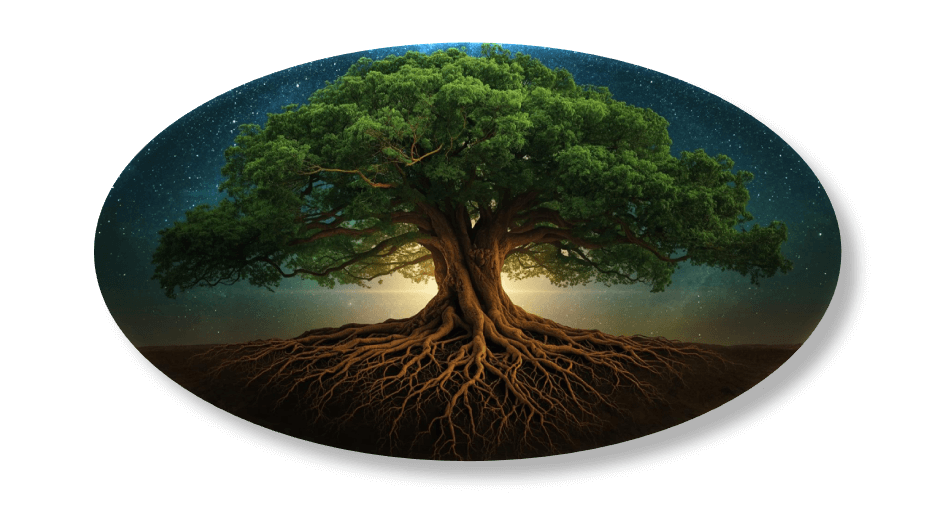The Unbreakable Bond Between Trees and Our Earth
The connection between trees and our planet runs far deeper than ecology — it is a living partnership of survival, balance, and beauty.
Trees are not just part of our world; they sustain it. They breathe life into the air, anchor the soil, and shelter countless forms of existence.
In an age of climate uncertainty, their role has never been more vital — for in protecting them, we protect ourselves.

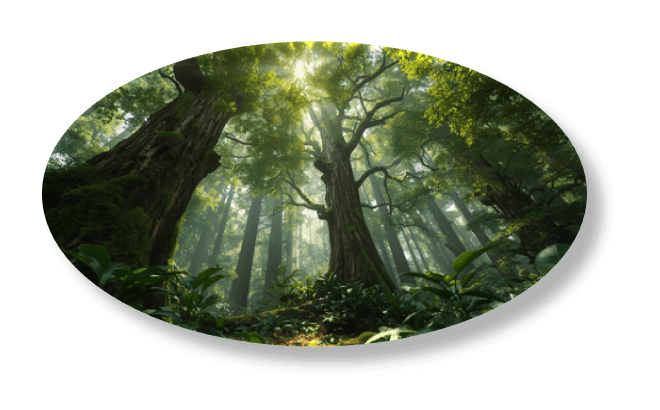

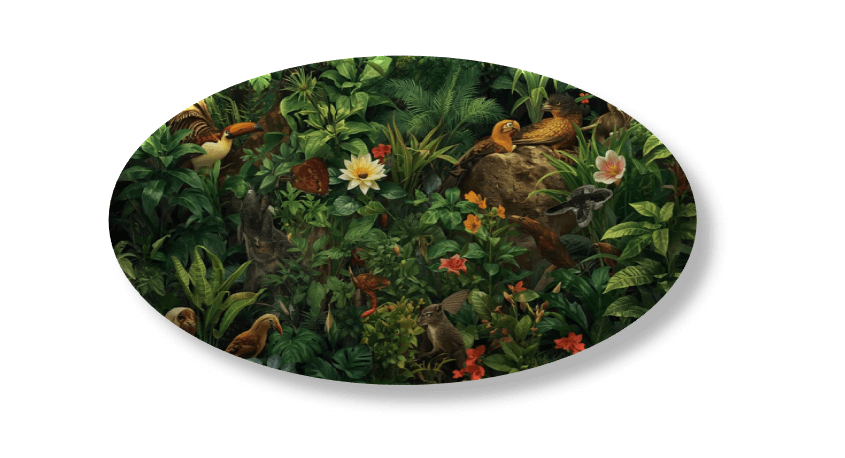
The Role of Trees in Maintaining Atmospheric Balance
Every breath we take is intricately connected to trees. Through the biochemical process of photosynthesis, trees absorb carbon dioxide (CO₂) from the atmosphere and release oxygen (O₂), thereby maintaining the delicate balance of atmospheric gases essential for life. On average, a single mature tree can produce approximately 100–120 kilograms of oxygen per year, which is sufficient to support the respiratory needs of two adult humans.
The oxygen production capacity of a tree depends on several factors, including its species, age, leaf surface area, and environmental conditions such as sunlight, temperature, and soil fertility. Mature trees, owing to their larger biomass and extensive canopy structure, tend to release more oxygen compared to younger trees. However, younger trees exhibit higher rates of carbon sequestration, meaning they absorb carbon dioxide more rapidly during their growth phase. Smaller plants and shrubs, though individually contributing less oxygen, collectively play a crucial role in maintaining localized air quality and ecosystem balance.
Proper spacing between trees is vital for optimal photosynthetic efficiency. In natural forests and managed plantations, spacing typically ranges from 3 to 5 meters, depending on species and site conditions. Adequate spacing prevents competition for sunlight, water, and nutrients, allowing trees to achieve maximum growth and oxygen output. Overcrowding can result in reduced canopy development and diminished photosynthetic rates.
Beyond photosynthesis, a healthy forest ecosystem depends on the interaction between trees and other organisms. Birds assist in seed dispersal and pest control, promoting forest regeneration and ecological stability. Earthworms and other soil macrofauna (vermas) enhance soil fertility by decomposing organic matter, improving aeration, and facilitating root growth. Pollinators such as bees, butterflies, and certain beetles are essential for the reproduction of flowering plants, ensuring biodiversity and the continuity of food chains.
Collectively, these biotic components form a complex ecological network where each organism contributes to sustaining life-supporting processes. Without forests and vegetative cover, the oxygen-carbon dioxide balance would be disrupted, leading to atmospheric degradation and a decline in air quality. Therefore, conserving and expanding green cover is a critical strategy for mitigating climate change, preserving biodiversity, and ensuring the stability of Earth’s life-support systems.
Natural Climate Regulators:
Trees are among nature’s most powerful climate stabilizers, vital for maintaining global environmental equilibrium. Through carbon sequestration, they absorb carbon dioxide—a major greenhouse gas—and store it in their trunks, branches, and roots. A mature tree can capture 20–22 kilograms of CO₂ annually, while global forests collectively store billions of tonnes of carbon.
Forests act as planetary thermostats, regulating temperature, humidity, and rainfall. They release moisture through transpiration, contributing to cloud formation and sustaining the water cycle. Vast rainforests, such as the Amazon and Congo basins, function as “biotic pumps”, recycling water vapor and generating rainfall across continents.
Trees also act as buffers against extreme weather events. Their root systems prevent soil erosion and landslides, while canopy cover reduces flood intensity. In urban areas, trees counteract the heat island effect, cooling the air through shade and evaporation. This improves air quality, reduces energy use, and enhances public well-being.
In every environment, trees remain indispensable natural climate regulators—bridging biological, hydrological, and atmospheric systems essential to a stable planet.
Protectors of Soil and Water
Beyond their atmospheric roles, trees serve as guardians of the land and water. Their roots bind and stabilize soil, preventing erosion, desertification, and nutrient loss. They slow rainwater runoff, allowing it to seep into the ground and recharge aquifers. Forested areas retain five to ten times more water than barren land, ensuring continuous groundwater renewal.
Without trees, fertile topsoil is washed away, rivers dry up, and agricultural productivity collapses—causing widespread food insecurity. Forests thus act as natural water regulators, maintaining the delicate balance between rainfall, groundwater, and surface flow necessary for both ecosystems and human survival.
Biodiversity’s Stronghold
Forests are the strongholds of biodiversity, providing habitat and sustenance to over 80% of terrestrial species of plants, animals, and fungi. From microscopic soil organisms to apex predators, each life form depends on the forest for its survival.
Trees provide food, nesting sites, and shelter, sustaining countless species. Epiphytes, mosses, lichens, and fungi grow on trees, creating complex food webs that maintain nutrient cycling and soil health.
Deforestation results in the loss of entire ecosystems, pushing countless species toward extinction. Conserving forests, therefore, means protecting the genetic diversity and ecological balance that sustain all life on Earth.
A Human and Spiritual Connection
Humanity’s bond with trees extends beyond physical dependence; it is deeply cultural and spiritual. Across civilizations, trees have symbolized wisdom, endurance, and renewal. The Bodhi tree of enlightenment, the oak of strength, and the olive of peace all represent humanity’s reverence for nature.
Modern science reinforces this connection. Studies show that exposure to greenery reduces stress, enhances mood, and improves mental focus—an idea embodied in Japan’s practice of “Shinrin-yoku” or forest bathing. Beneath their shade, trees offer not only comfort but a profound sense of belonging to the natural world.
The Harsh Reality of Deforestation
Despite their immense value, trees face relentless destruction. Every year, over 10 million hectares of forest are cleared for agriculture, logging, and urban expansion. This deforestation accelerates climate change, disrupts rainfall patterns, and drives countless species toward extinction.
The removal of forests also reduces carbon storage capacity, intensifying greenhouse gas accumulation in the atmosphere. The bond between Earth and its greenery is powerful—but human negligence has strained it to the breaking point. Without urgent global action, the planet’s natural systems may reach irreversible tipping points.
Why Protecting Trees is a Universal Duty
The relationship between humanity and trees is mutually sustaining. Trees provide life, balance, and beauty without demanding anything in return. Our shared duty is to preserve and protect them through conscious action.
From international environmental treaties to local reforestation projects, every effort counts. Sustainable forestry, community-driven conservation, and even the simple act of planting a sapling contribute to restoring the planet’s natural equilibrium. Protecting trees is not merely an environmental obligation—it is a moral and collective responsibility to future generations.
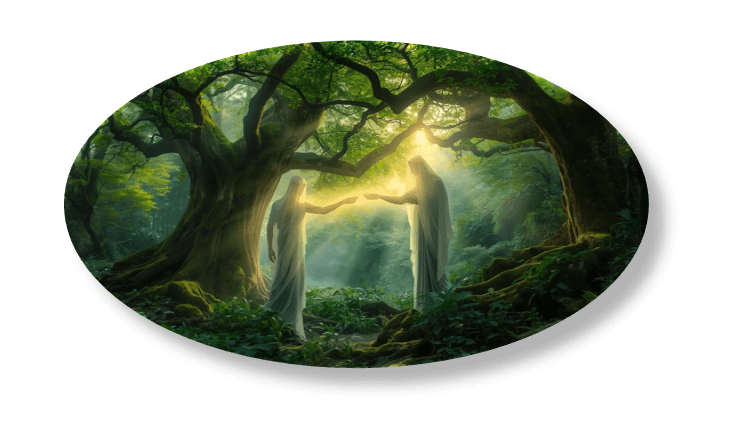
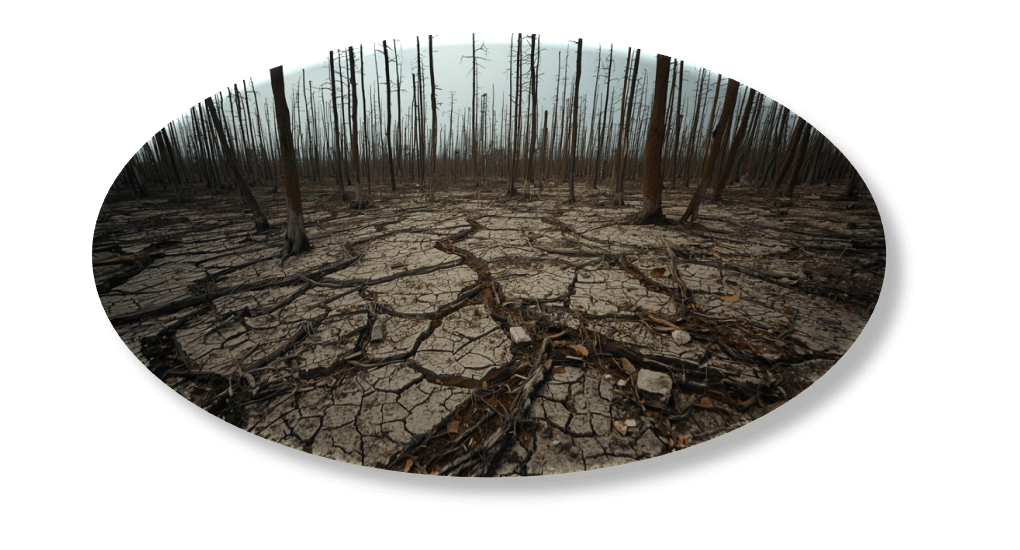
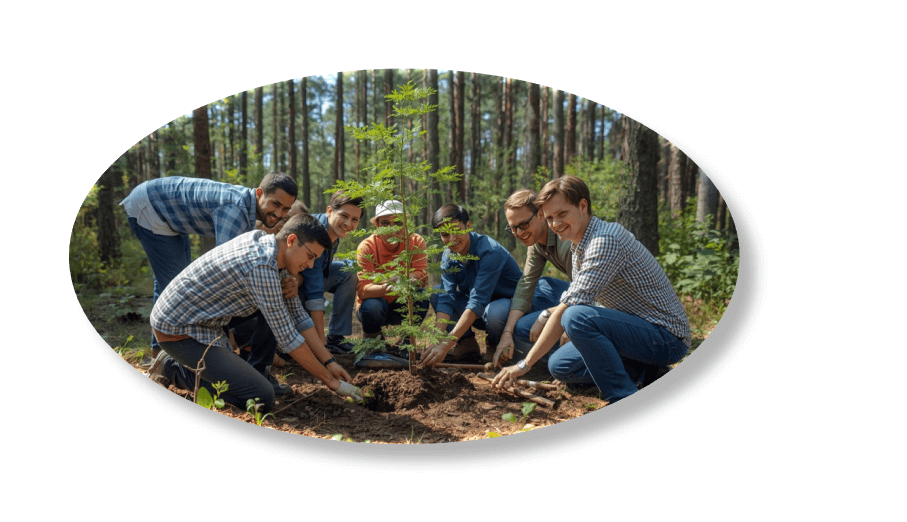
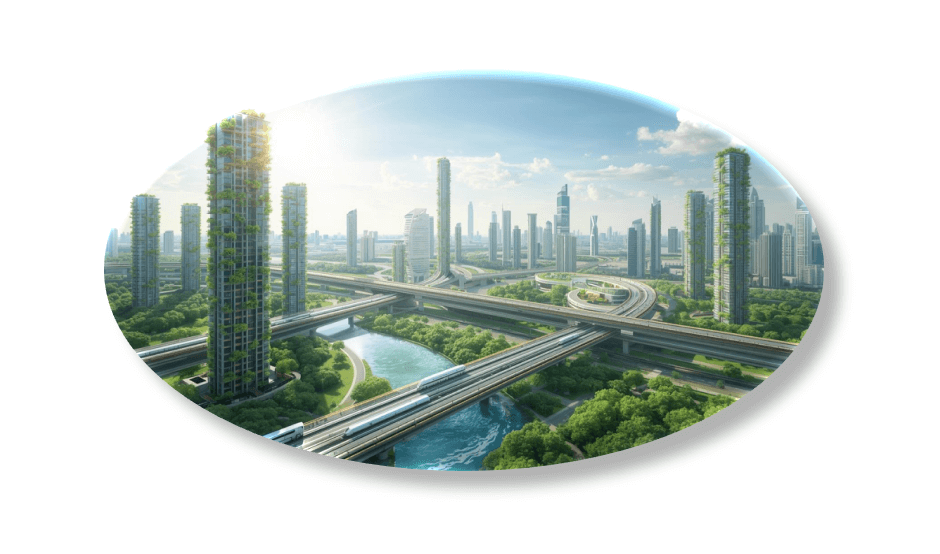
Looking Ahead: A Greener Future
The future of the Earth is inseparable from the future of its trees. By protecting forests and expanding green spaces, we ensure cleaner air, stable climates, and healthier ecosystems. Sustainability must become a shared promise between humanity and nature—guided by science, compassion, and long-term vision.
Every green initiative—no matter how small—creates ripples of positive change. Together, they form the foundation of a resilient and sustainable future for the planet.
Conclusion: A Relationship Written in Life Itself
The bond between trees and our planet is not a fragile link; it is a fundamental truth of existence. Just as stars illuminate the sky, trees illuminate the Earth with life. To harm them is to harm ourselves; to protect them is to honor the unity of all living things.
Let us stand as guardians of the guardians—protecting the trees that protect us. In doing so, we preserve the unbreakable bond between Earth and its greenery—for today, tomorrow, and eternity.

